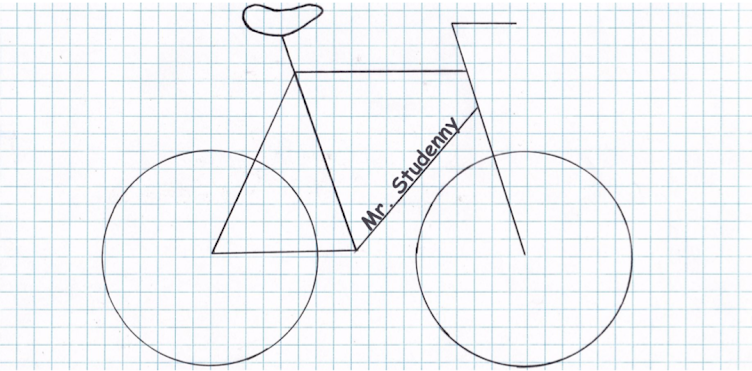 |
| Retrieved from: https://s-media-cache-ak0.pinimg.com/736x/f5/57/5c/f5575c334502af9e19807b4b0e903cd1.jpg |
As some of my readers know I am a prospective teacher currently in my fourth year at Brock University studying Physical Education. Through my time at Brock we are continually encouraged to design lesson plans with a "pre-test" at the start of this. The theory behind this is that by utilizing a pre-test a teacher will be able to quickly gather an understanding of the student's prior knowledge, experience and expertise on the subject. I believe these pre-tests are incredibly important and allow a teacher to make any last minute refinements, simplifications or extensions to the their lesson plans.
This all makes perfect sense; you don't want to be teaching a class how to add by twos when all the students can already do so at ease. The ideal lesson content for a student will be within their personal zone of proximal development. Through this post I want to focus on the importance of working towards a deep understanding of where each of your students come from.
Why is it so important to get to know the individualities of your students?
Each student in your classroom will come from a different family, in a different part of town, had different teachers, been on different teams and have so many other traits that makes them unique. To think that your lesson plan will work for each and every student is naive at best. As teachers it is our responsibility to get to know our students and adjust our teaching methods to best accommodate them. Having the ability to adjust the curriculum the match the needs of diverse students and the ever-changing issues impacting their world is a skill all successful teachers must have.
Drake. S., et al. (2014) suggest further depth to the individuality of a student. They suggest that students vary in learning styles, exhibit multiple intelligences and have preferences for their learning environments. Each of these variables have had ample research done to determine which are best for students to learn. However, it is not about which is best for students but which works best for the students you have. It is all about actively deciding on a structure to your lesson that will work best for the student.
How can you get to know the individualities of your students?
There are many ways to get to know the the background information of your students. The first step is acknowledging that this is part of being a better teacher. This will help you connect to and understand your students much better. The following is a compilation of sources you many utilize to gain knowledge of your student's backgrounds as described by (Drake, S., et al. 2014):
- Review official school records, including current and previous report cards.
- Consultation with parents.
- Consultation with previous teacher(s)
- Consultation with support team.
- Classroom observation checklist.
- Educational assessments (pretests)
- Multiple Intelligences Survey or Learning Style Inventory
- Work samples, assignments, and projects.
- Portfolios.
- Teacher-student conference
- Peer and self-assessments.
- Interest surgery.
Each of these sources of information go hand in hand with being a good teacher. It may seem like an incredibly daunting task to gather and comprehend all this background information on students but it will definitely pay off. This is the different between knowing that that kid in your class isn't participating because he hasn't had breakfast at home and all you have to do is give him an apple compared to dismissing him as lazy.
Where do you go from here?
Gathering this background information is not the end of the story for teachers. The profiling and understanding of their students is an ongoing, developing process. From here it is important that teachers continue to seek out those personal pieces of information to make sure they understand what is going on in the child's life. Soon, as a teacher, you will be able to know your students well enough to judge their moods and determine when something is just off about them. This then translates directly into each and every lesson you have planned. Some days you may need to do something totally different than planned to accommodate the mood or stresses your students are dealing with.
My point is that being able to get to know your students and be able to judge their moods and understand them at a personal level will make you that much better of a teacher. It will make you a teacher who is able to connect and influence your students lives in the ways they need you to.
Until next time,
Mr. Studenny
Drake, S. M., Kolohon, W., & Reid, J. L. (2014). Interweaving curriculum and classroom assessment : engaging the 21st-century learner. Don Mills, Ontario : Oxford University Press, [2014]
What type of student you were/are? :). JPG. Retrieved from: https://s-media-cache-ak0.pinimg.com/736x/f5/57/5c/f5575c334502af9e19807b4b0e903cd1.jpg


